Optimal Timing for Fire Restorations
Fire restorations are most effective when performed promptly after a fire incident to minimize damage and prevent further deterioration. The optimal timing depends on factors such as weather conditions, fire severity, and property accessibility. Typically, restoration should begin as soon as it is safe and feasible to prevent mold growth, structural weakening, and ongoing smoke damage.
Starting fire restoration immediately after a fire helps reduce long-term damage and limits the spread of smoke and soot.
Dry, mild weather conditions are ideal for fire restorations, as they facilitate effective cleaning and drying processes.
Spring and fall often provide favorable conditions for restoration projects, avoiding extreme heat or cold that can hinder work.
Restoration should be scheduled once the structure is deemed safe, typically after fire suppression and initial assessments.
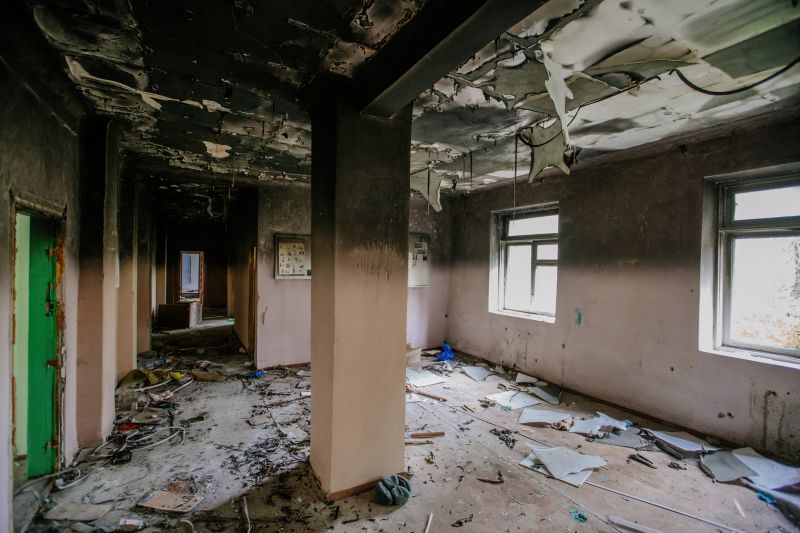
Initial evaluation of fire damage helps determine the best timing for restoration efforts.
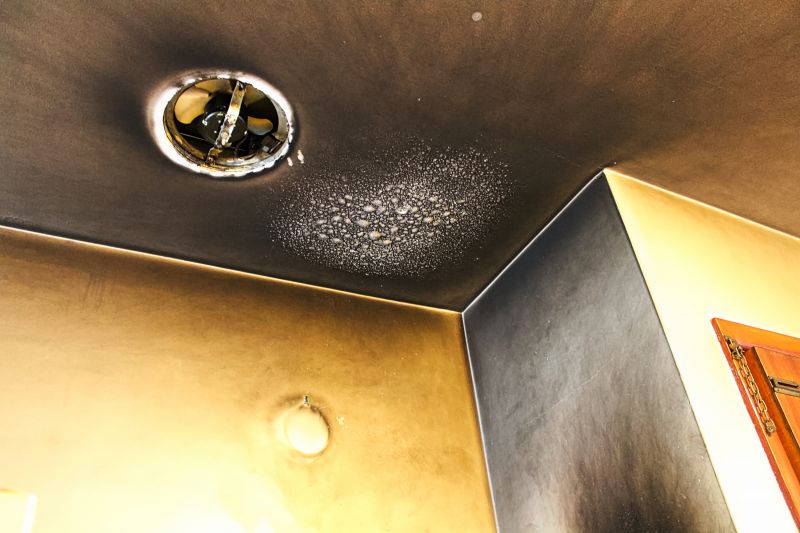
Effective cleaning is crucial and is best performed promptly after the fire.

Addressing structural damage early prevents further deterioration and safety hazards.

Ways to make Fire Restorations work in tight or awkward layouts.
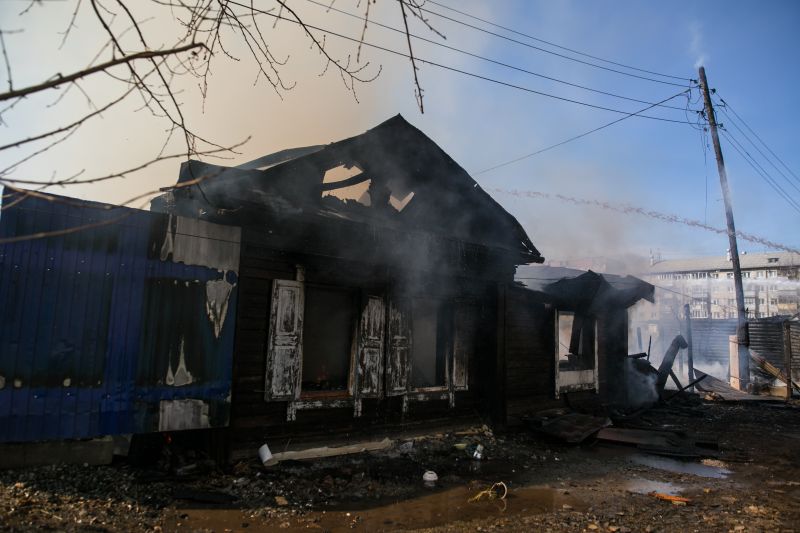
Popular materials for Fire Restorations and why they hold up over time.

Simple add-ons that improve Fire Restorations without blowing the budget.

High-end options that actually feel worth it for Fire Restorations.

Finishes and colors that play nicely with Fire Restorations.
| Factor | Impact on Timing |
|---|---|
| Weather Conditions | Mild and dry weather facilitate restoration work. |
| Fire Severity | More extensive fires require longer planning and recovery time. |
| Structural Stability | Restoration should wait until the property is safe to access. |
| Occupancy Levels | Low occupancy periods minimize disruption. |
| Emergency Response Time | Faster response leads to more effective restoration. |
| Availability of Resources | Access to materials and skilled labor influences timing. |
| Environmental Risks | High humidity or rain can delay drying and cleaning. |
| Legal and Insurance Processes | Insurance approvals may affect scheduling. |
Fire restorations involve a comprehensive process that includes assessing damage, removing smoke and soot, cleaning affected areas, and repairing structural elements. Timely intervention is critical to prevent secondary issues such as mold growth or further structural weakening. The restoration process often requires specialized equipment and techniques to restore the property to its pre-fire condition. Statistics indicate that prompt fire damage response can reduce restoration costs by up to 30 percent and significantly shorten recovery times.
Understanding the optimal timing for fire restorations ensures that property owners can effectively plan and execute recovery efforts. Proper scheduling, combined with professional assessment, helps mitigate long-term damage and restores safety and integrity to affected structures.
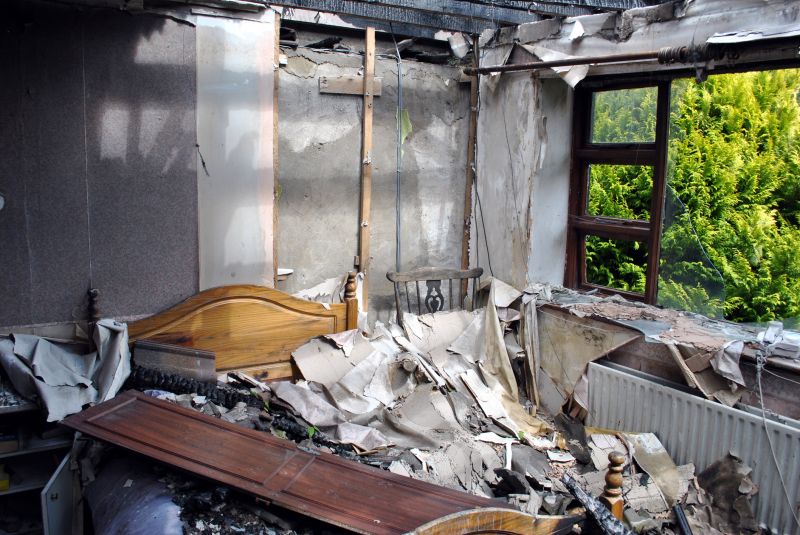
Assessing damage promptly guides restoration timing.

Immediate cleaning prevents soot from settling deeper.
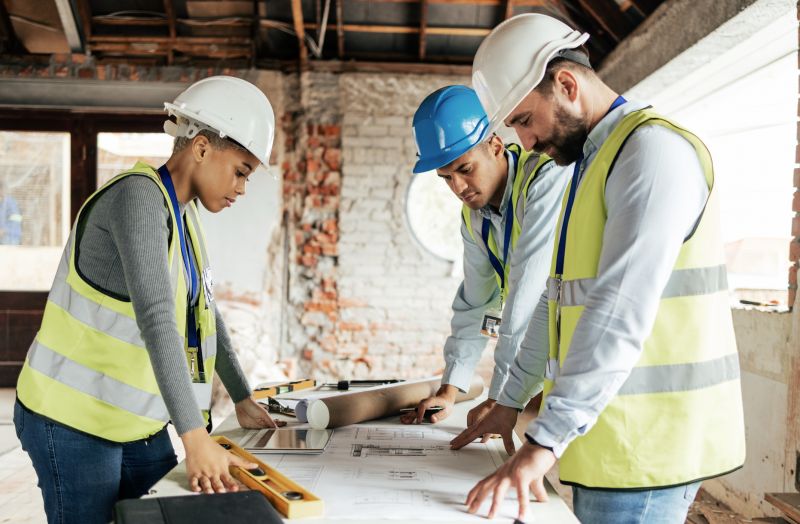
Scheduling repairs after safety assessments ensures effective work.

Little measurements that prevent headaches on Fire Restorations day.
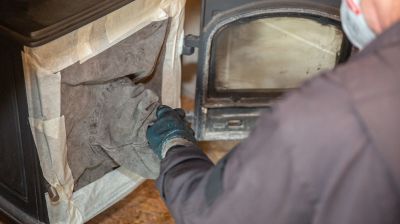
A 60-second routine that keeps Fire Restorations looking new.

A frequent mistake in Fire Restorations and how to dodge it.

Small tweaks to make Fire Restorations safer and easier to use.
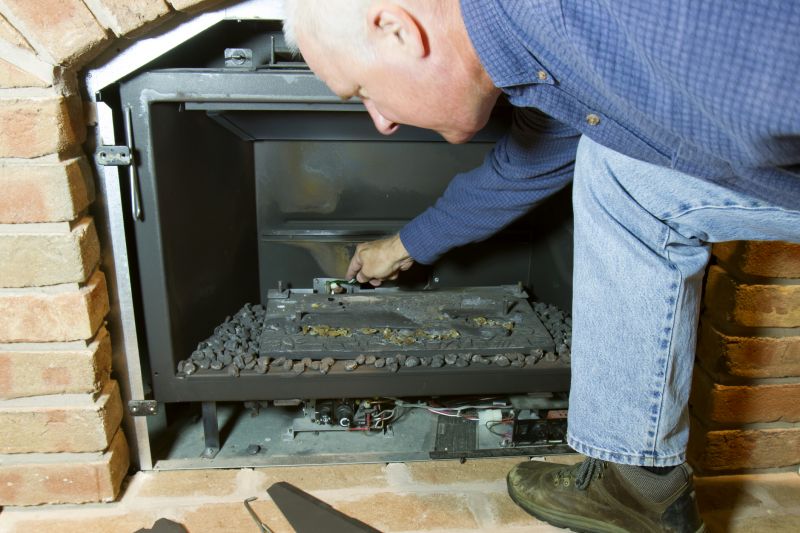
Lower-waste or water-saving choices for Fire Restorations.
Initial steps include safety assessment, damage evaluation, and securing the property to prevent further damage.
Most fire damages can be effectively repaired, restoring the property's safety and appearance.
Insurance processes can influence timing; coordination ensures smoother restoration scheduling.
Dry, mild weather conditions are preferred for effective cleaning and drying.
